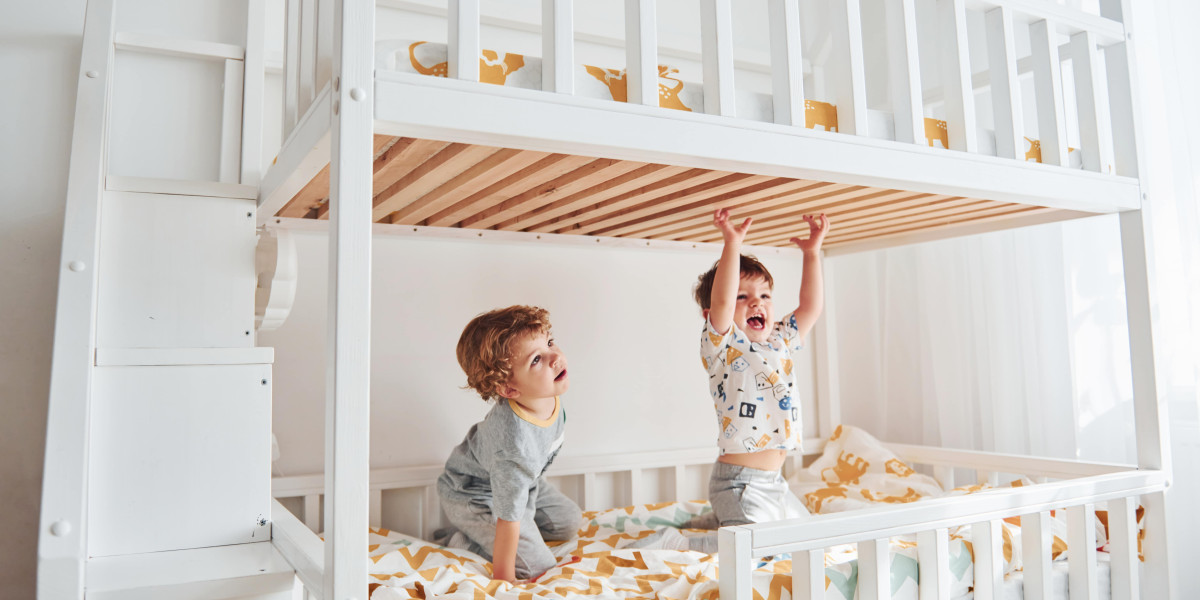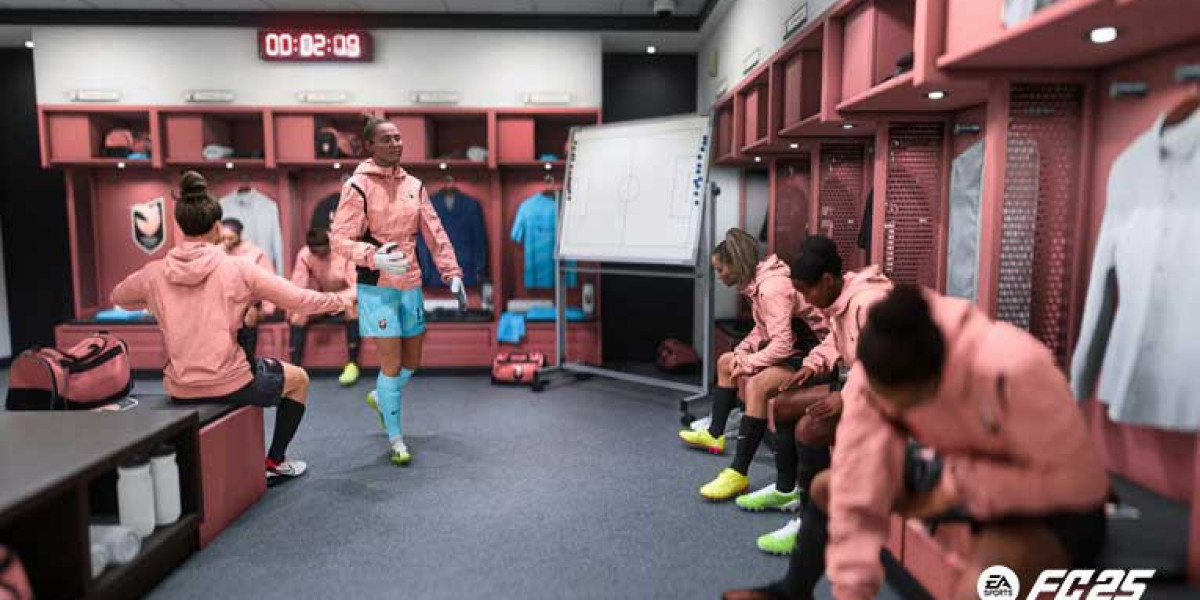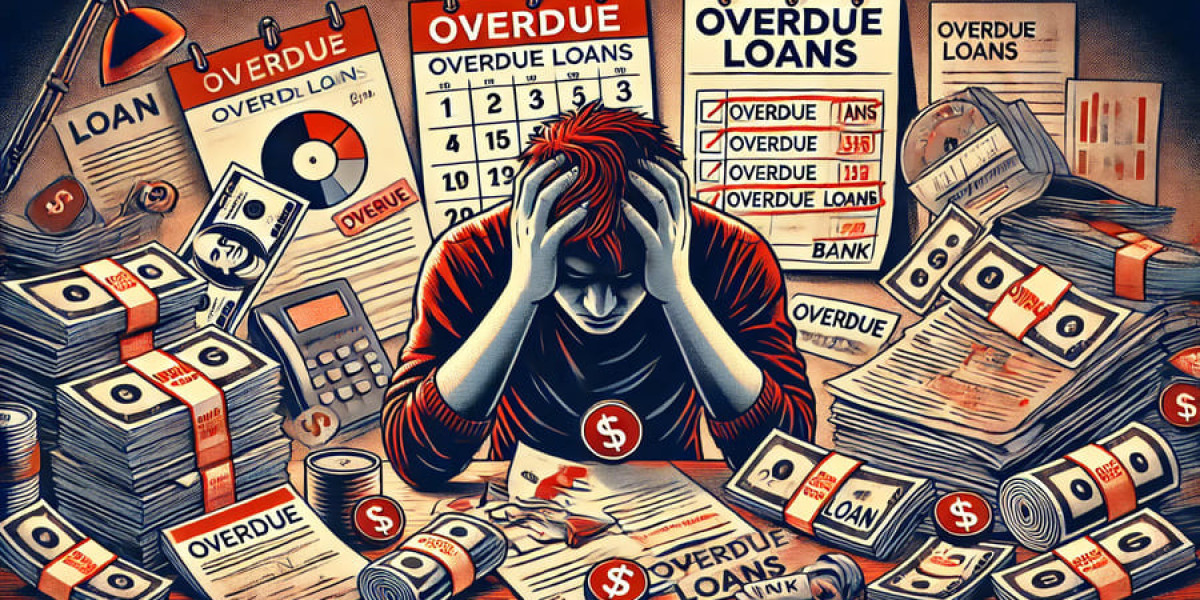The Ultimate Guide to Kids Bunk Beds: Maximizing Space and Fun
With the rise of vertical living and smaller areas, the popularity of bunk beds has actually soared among families. Bunk beds not just provide a useful sleeping option, especially in shared rooms, however they likewise bring a component of enjoyable into a child's life. This extensive guide delves into the functions, advantages, and considerations of kids' bunk beds, making it easier for moms and dads to pick the ideal bed for their little ones.
Functions of Kids Bunk Beds
Bunk beds are versatile furniture pieces that serve more than a single purpose. Here are some essential functions to consider:
| Feature | Description |
|---|---|
| Material | Bunk beds can be built from wood, metal, or a combination of both, providing varying levels of sturdiness and style options. |
| Security Features | Most bunk beds come equipped with guardrails, secure ladders, and capped assistances for security, particularly essential for children. |
| Style Variety | Alternatives range from classic styles to contemporary designs, ensuring a match for any space décor. |
| Space-Efficiency | Bunk beds utilize vertical space, making them ideal for smaller sized spaces. |
| Convertible Options | Some models can be converted into 2 separate beds, supplying versatility as children grow. |
| Storage Solutions | Some bunk beds include built-in storage drawers or racks, helping to keep the room arranged. |
Advantages of Kids Bunk Beds
Investing in a bunk bed includes numerous benefits:
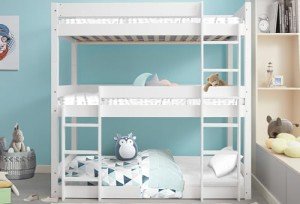
- Space Saving: Bunk beds maximize flooring space, enabling more play area or storage solutions.
- Enjoyable Factor: With a bunk bed, kids have a location that fosters creativity and friendship during slumber parties or playdates.
- Economical: Instead of buying 2 separate beds, a bunk bed can accommodate two children at when, saving money in the long run.
- Adaptability: Many bunk beds can be disassembled or transformed into twin beds, making them a long-lasting financial investment as kids's needs change.
- Social Interaction: Bunk beds motivate family bonding and friendships, offering a welcoming space for kids to share stories and laughter.
Factors to consider When Choosing a Kids Bunk Bed
When choosing the ideal bunk bed for a child, parents need to consider numerous elements:
- Safety Standards: Ensure that the bunk bed complies with security policies and includes vital security features.
- Age Appropriateness: Different designs cater to different age groups. For example, standard bunk beds may not be suitable for more youthful children.
- Room Dimensions: Measure the bed room to make sure the bunk bed fits properly, enabling space to walk around comfortably.
- Weight Capacity: Consider the weight load of each bed and guarantee it accommodates the kid's weight conveniently.
- Style Preferences: Letting children take part in the choice procedure can assist them feel more excited about their new bed.
Kinds Of Kids Bunk Beds
Bunk beds can be found in different styles and setups to suit numerous requirements:
| Type | Description |
|---|---|
| Requirement Bunk Bed | A classic style with one bed stacked on top of another, normally utilizing a ladder to access the leading bunk. |
| L-Shaped Bunk Bed | Features two bunk beds connected in an L-shape, often more large and suitable for kids sharing a space however needing a bit more space. |
| Triple Bunk Bed | Comprises 3 stacked beds, ideal for making the most of sleeping arrangements in extremely minimal spaces. |
| Loft Bed | A raised bed with space beneath that can act as a backyard, research study corner, or additional storage. |
| Futon Bunk Bed | Combines a bunk bed on leading with a futon or couch below, making it great for slumber parties and optimizing space use. |
| Convertible Bunk Bed | Can be separated into two specific beds, providing versatility as kids's needs change. |
Caring for Kids Bunk Beds
Preserving bunk beds is vital for making sure longevity and safety. Here are some simple care practices:
- Regular Inspections: Check the bed frequently for loose screws and tightened up bolts to make sure stability.
- Cleanliness: Keep bed linen tidy and fresh, turning mattresses for even wear.
- Guardrails: Ensure guardrails are safe and in location, especially if children tend to walk around a lot in their sleep.
- Air Circulation: Ensure the bed has enough airflow, preventing moisture accumulation that can lead to mold or mildew.
Frequently Asked Questions About Kids Bunk Beds
Q1: At what age can a child safely utilize a bunk bed?
A1: Generally, children aged 6 and older are thought about safe to utilize the upper bunk due to the height and stability factors included.
Q2: Can I position a bunk bed near a window?
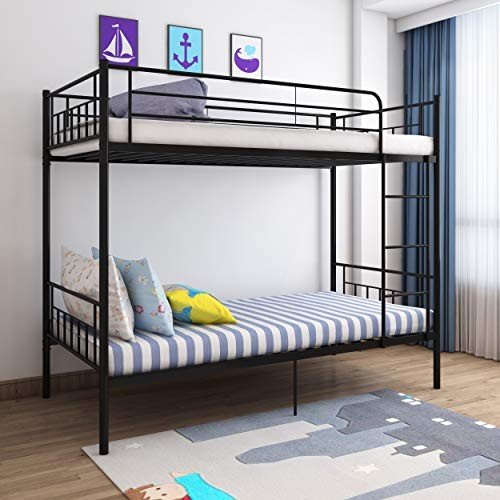
A2: It is a good idea to avoid putting a bunk bed near windows to minimize the threat of falling or injuries.
Q3: Are bunk beds safe for more youthful kids?
A3: While some modern-day bunk beds feature security functions accommodating more youthful children, it is usually advised to wait until they are older, typically over six years.
Q4: What is the common weight limit for top bunks (derricklanoie.top)?
A4: Weight limitations vary by model however usually range from 150 to 250 pounds. Always refer to the maker's specs.
Q5: How typically should I check the bunk bed's security features?
A5: It is a good idea to conduct a security check every few months or whenever you observe any indications of wear.
Kids' bunk beds work as a strategic solution for households looking to take full advantage of space while providing a fun and engaging sleeping environment for their children. With a variety of alternatives available-- from basic styles to loft beds-- parents have the liberty to select something that fulfills their household's particular needs. By thinking about vital aspects such as safety, space suitability, and their kids's choices, moms and dads can make an educated choice, making sure that each child is thrilled about bedtime while gaining from a well-organized space.
